- DroidAfrica
- Gadgets
- Nokia
- Nokia G22
Nokia G22
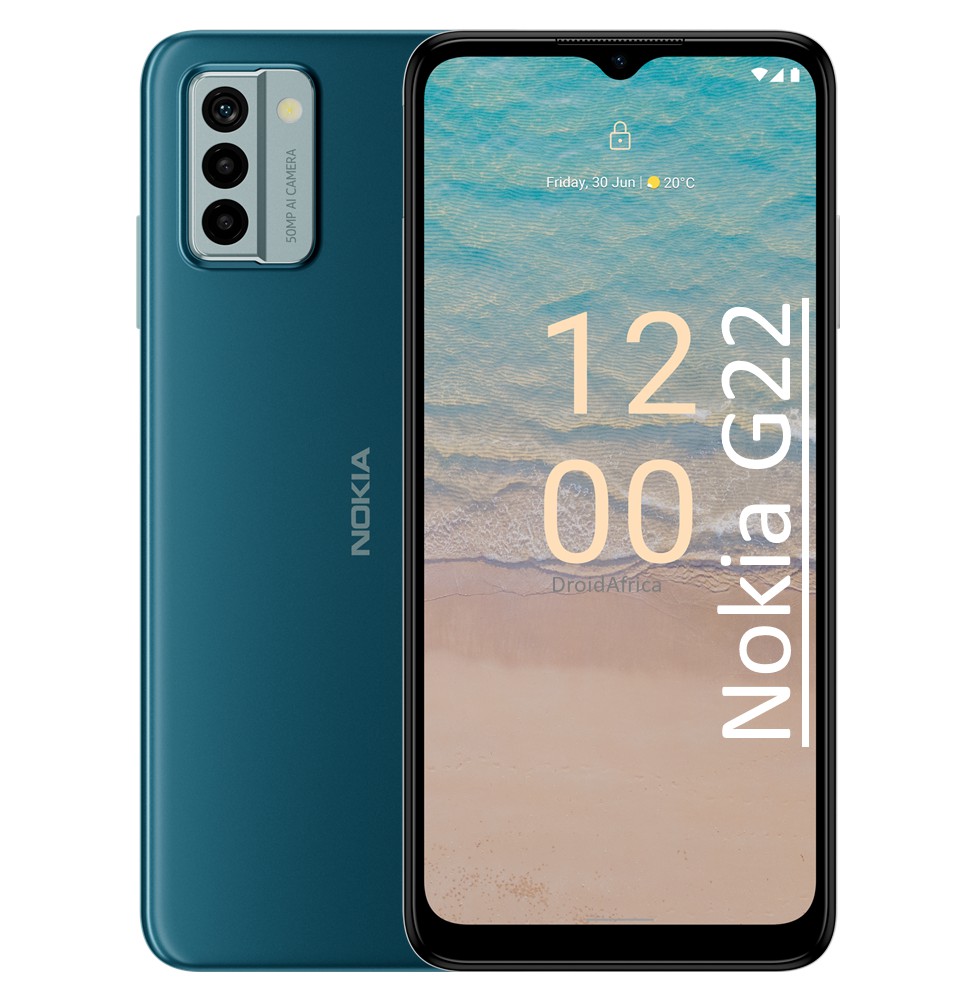
Nokia G22 Highlights and Overview
This is the Nokia G22, the direct successor to the Nokia G21 of last year. Both the G21 and the all-new G22 are given the same display, processor, battery capacity, and camera setup. The newcomer though has faster memory, and fast charging speed and it is got a more recent CPU.
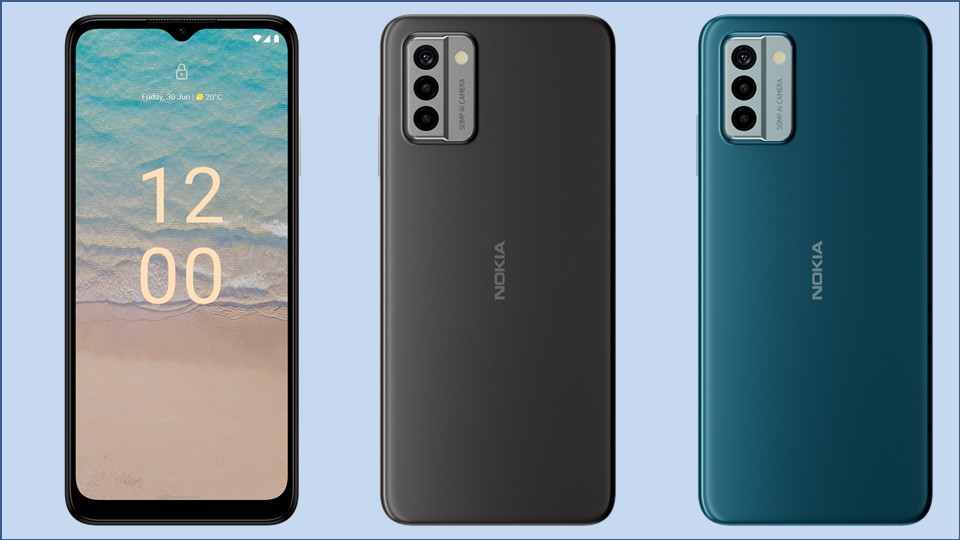
The G22 arrived in a 6.5-inches screen with 720 x 1600 pixels resolution and a 90Hz refresh rating. It is powered by UNISOC’s T606 octa-core CPU clocked at 1.6GHz, along with Mali-G57 GPU. Storage options on the G22 includes a single 4GB RAM with 64/128 GB ROM.
Coming to the camera specs, the Nokia G22 comes with three sensor on the rear; a 50-megapixel primary lens, along with two other auxiliary depth and macro lenses capped at 2-megapixels each. There is a single LED flash on the rear, while an 8-megappixel selfie cam seats within the notch on the front.
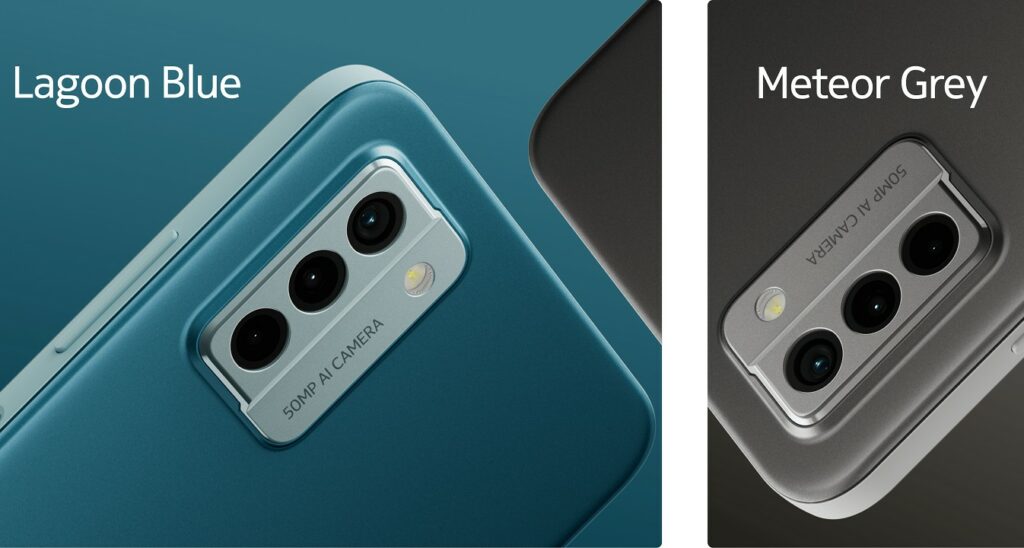
The phone has a side mounted fingerprint scanner, a built-in 5050mAh battery now with 20W fast charging and it is available in either Lagoon Blue or Meteor Gray colors, with both single or Dual Nano-SIM option on both painting. The table below contains the full specs of Nokia G22 smartphone.
Nokia G22 Full Specifications and Features
NETWORK
| Technology | GSM / HSPA / LTE |
| 2G Network Bands | GSM 850 / 900 / 1800 / 1900 - SIM 1 and SIM 2 only |
| 3G Network Bands | 3G HSDPA Band 850 / 900 / 1700(AWS) / 1900 / 2100 - All models |
| 4G Network Bands | 4G LTE Band: 1, 3, 5, 7, 8, 20, 28, 38, 39, 40, 41 |
| Speed | HSPA 42.2/5.76 Mbps, LTE Cat4 150/50 Mbps |
LAUNCH
| Also Known As |
- - |
BODY
| Dimensions | 165 x 76.2 x 8.5 mm |
| Weight | 192.2 grams |
| Build |
Gorilla Glass 3 front / Plastic back / Plastic frame - Dust and splash resistant - iFix rated QuickFix user-reparable design |
| SIM Type | Single SIM (Nano-SIM) or Hybrid SIM (Nano-SIM, dual stand-by) |
DISPLAY
| Display Type | IPS LCD touchscreen / 16M color / 500 nits / 90Hz refresh |
| Size | 6.5 inches, (81.16% screen-to-body ratio) |
| Resolution | 720 x 1600 pixels, 20:9 ratio (270 ppi density) |
PLATFORM
| Operating System | Android 12 |
| Chipset | UNISOC Tiger T606 (12 nm) |
| CPU | Octa-core (2x1.6 GHz Cortex-A75 CPU and 6x1.2 GHz Cortex-A55) |
| GPU | Mali-G57 MP1 |
MEMORY
| RAM + ROM | 4GB + 64GB / 4GB + 128GB |
| Card Slot | Yes, up to 512GB via microSD card (uses SIM 2 slot) |
MAIN CAMERA
| Camera Type | Triple Lenses |
| Camera Sensor(s) |
Main: 50MP, f/1.8 PDAF, 1/2.76" size Macro: 2MP, f/2.4 Depth: 2MP, f/2.4 |
| Camera Features | Autofocus / HDR /Panorama / Digital zoom, LED flash |
| Video Resolution | 1080p@30fps |
SELFIE CAMERA
| Camera Type | Single Lens |
| Camera Sensor(s) | 8-megapixel |
| Camera Features | HDR |
| Video Resolution | 1080p@30fps |
SOUND
| Loudspeaker | Yes |
| Speaker Location | Chin, below display |
| Audio Jack Type | Yes, 3.5mm audio jack, |
CONNECTIVITY
| Bluetooth | Bluetooth 5.0, A2DP, LE |
| NFC | |
| GPS | Yes, with A-GPS, GLONASS, GALILEO |
| FM Radio | FM radio, RDS, recording |
BATTERY
| Battery Capacity | Non-removable Li-Po 5050mAh battery |
OTHER FEATURES
| Sensors | Fingerprint (side-mounted), accelerometer, proximity, compass |
| Box Contents | Charging Brick / USB cable |
Nokia G22 User Reviews and Opinions
Disclaimer Note
We CANNOT guarantee 100% accuracy for the specification table above.








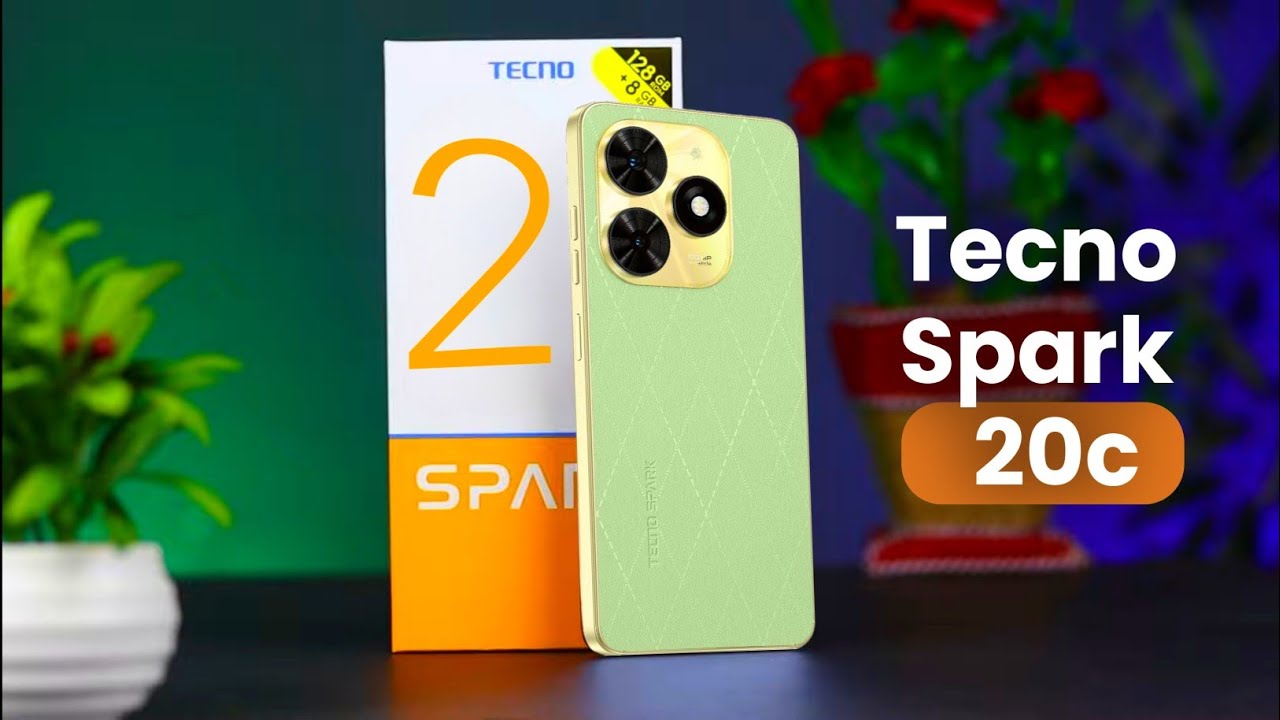


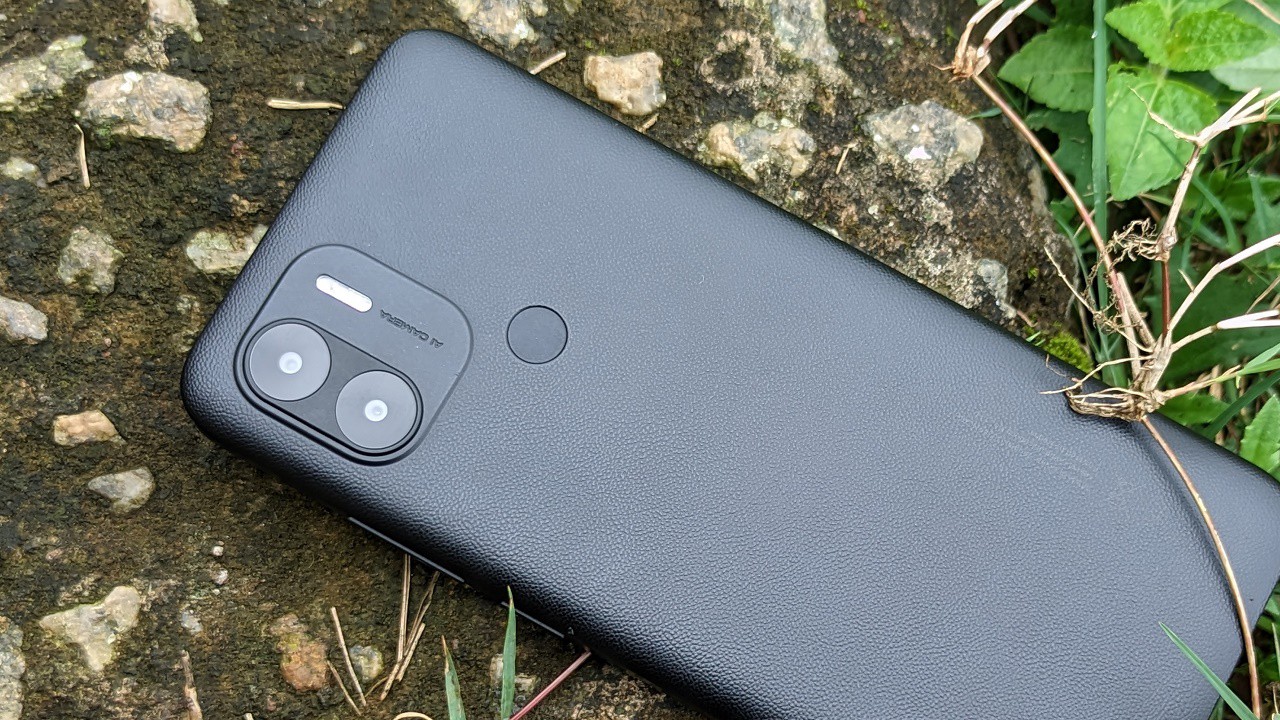
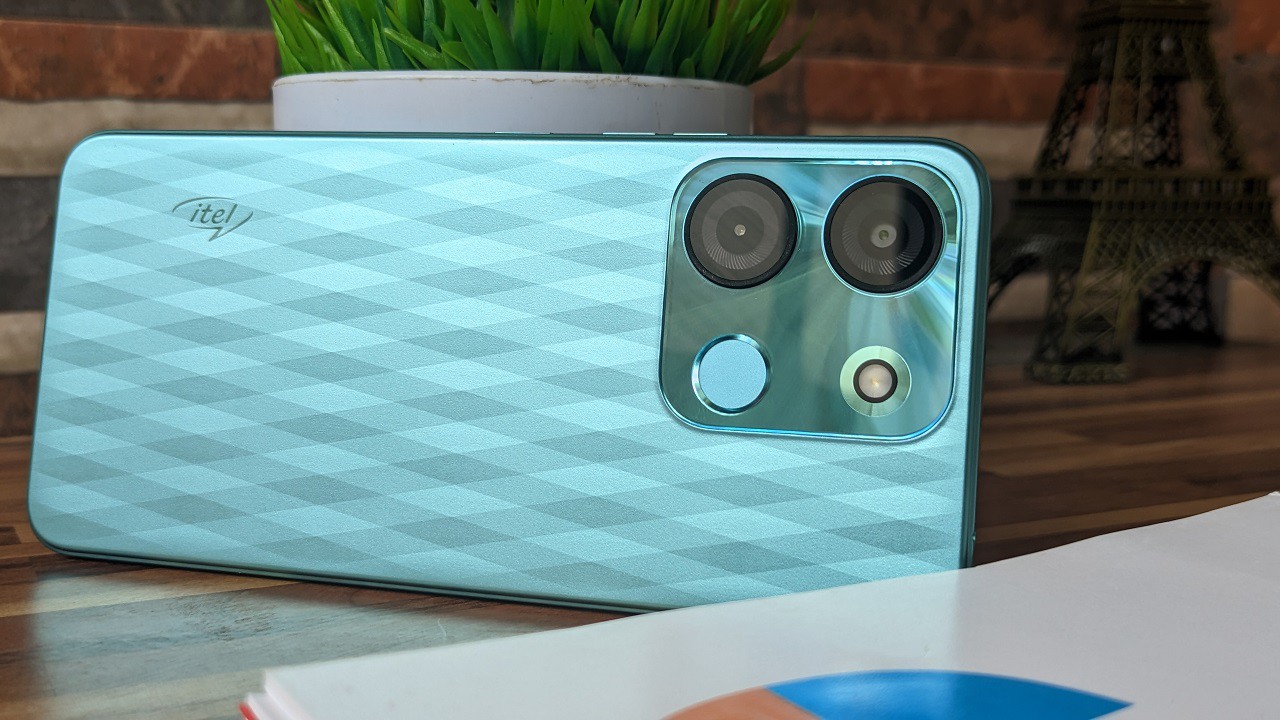
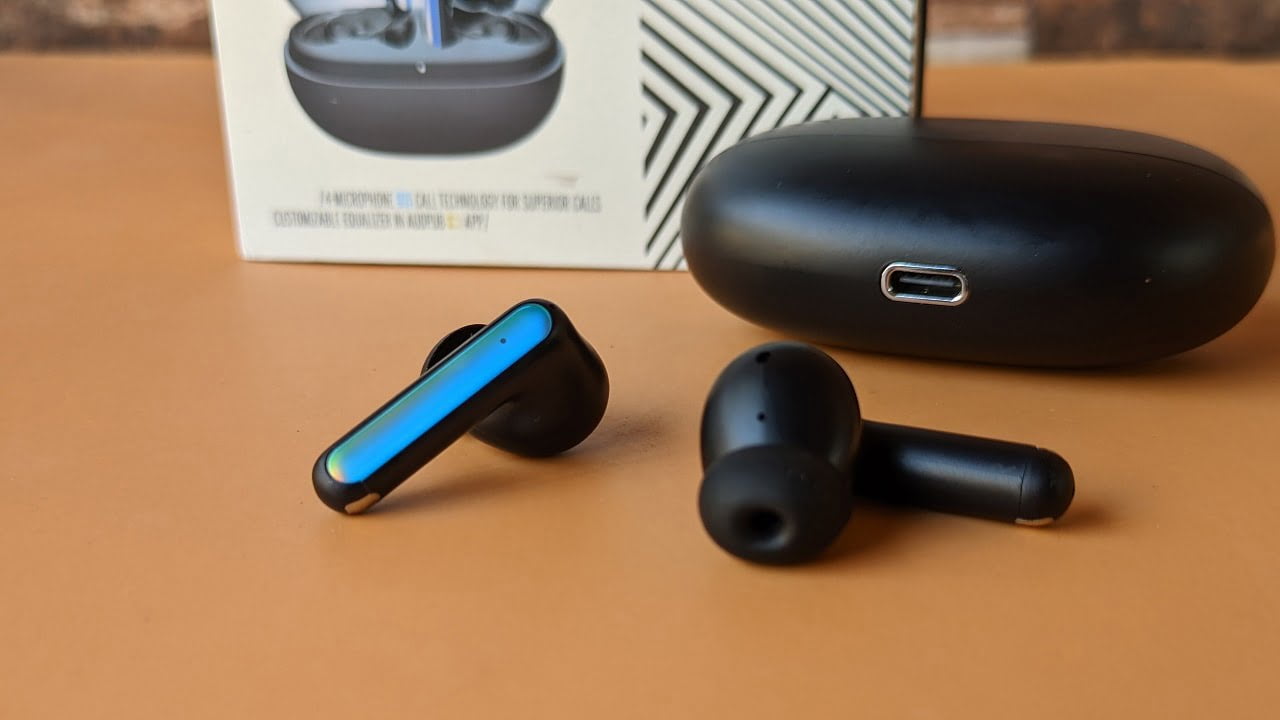
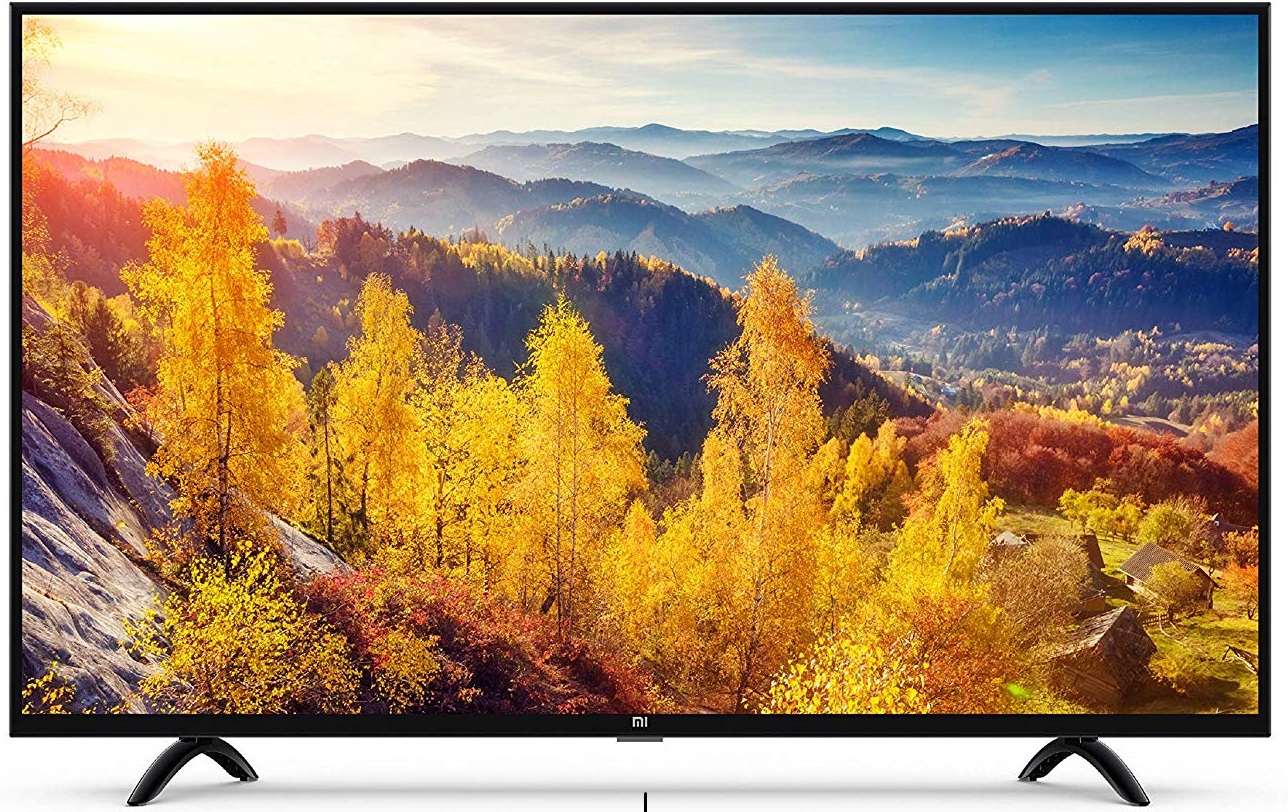

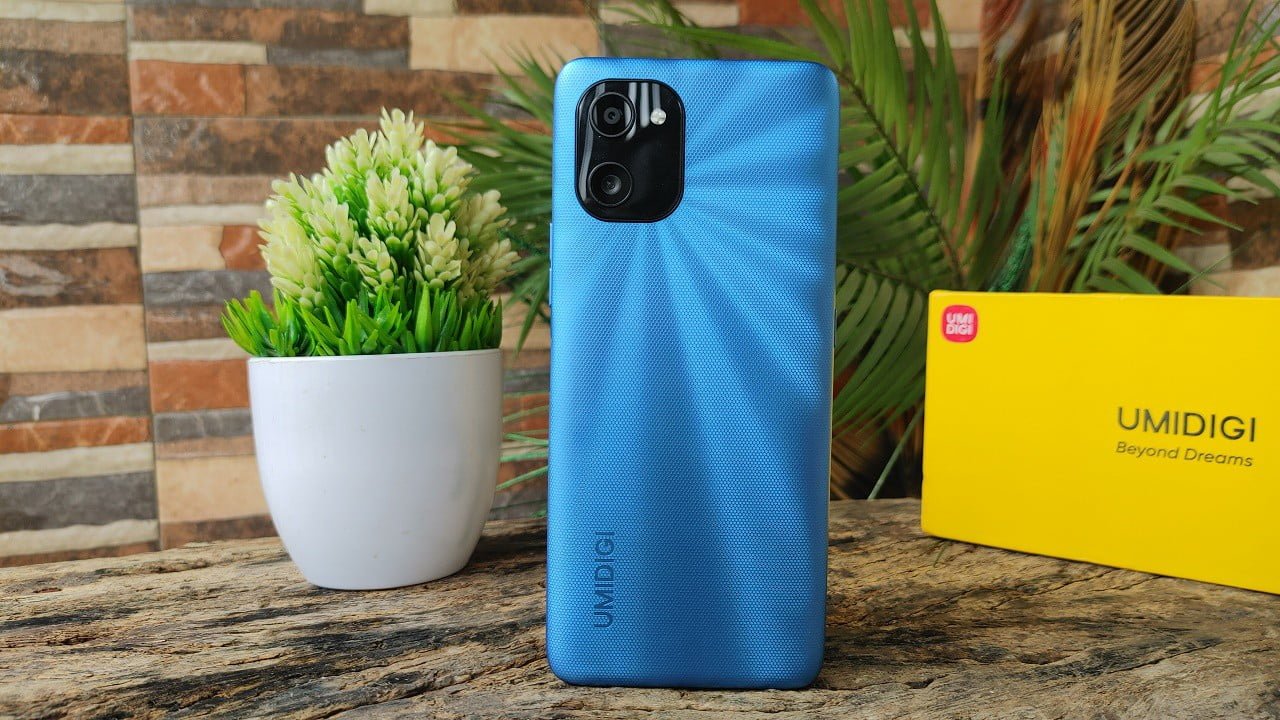
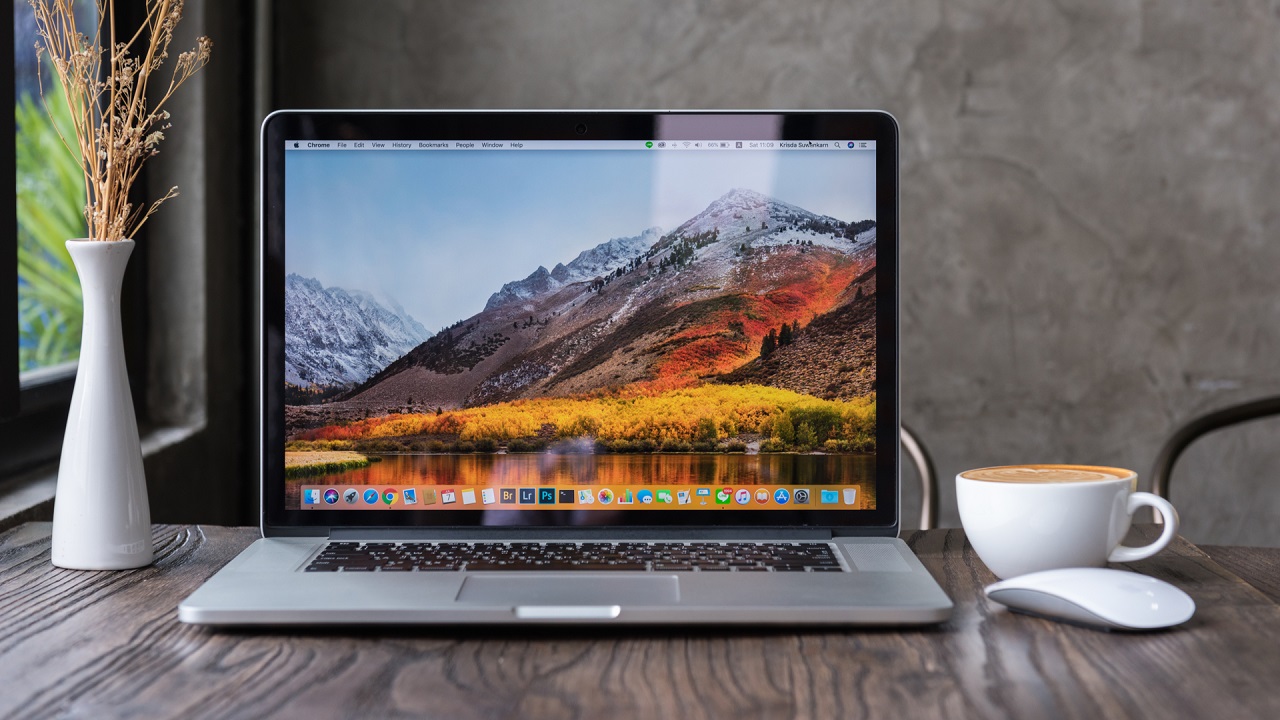
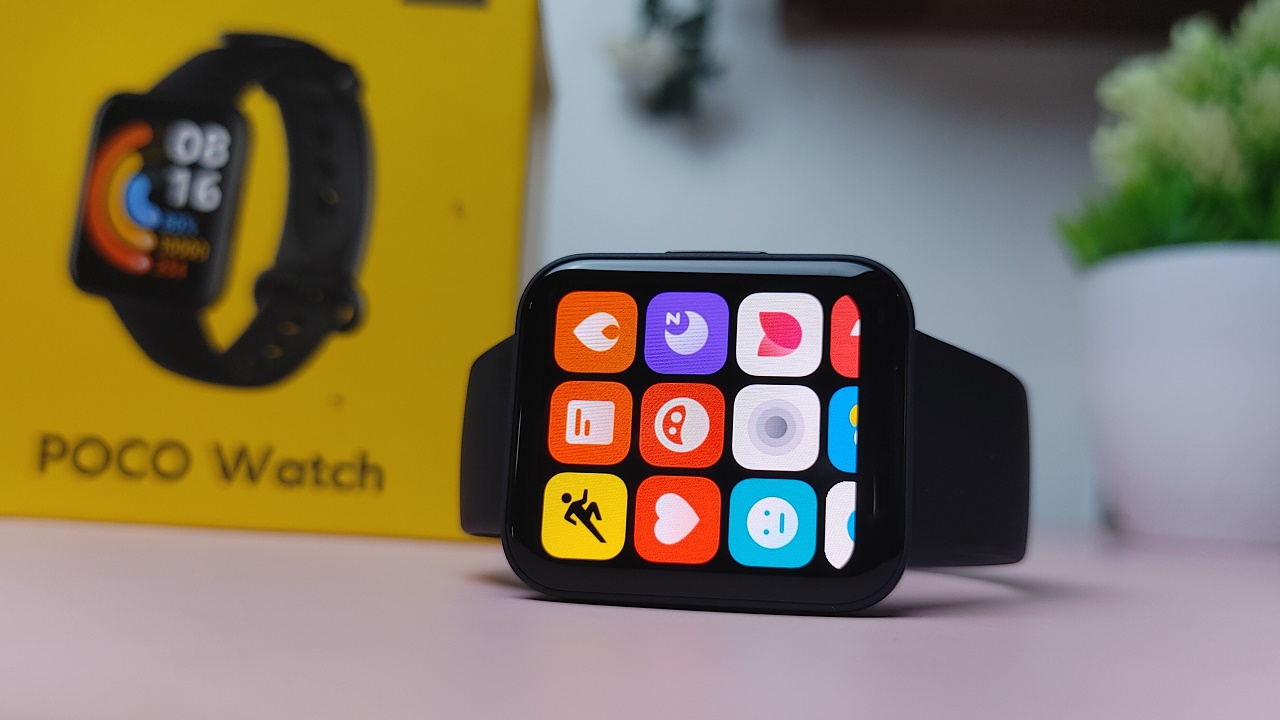


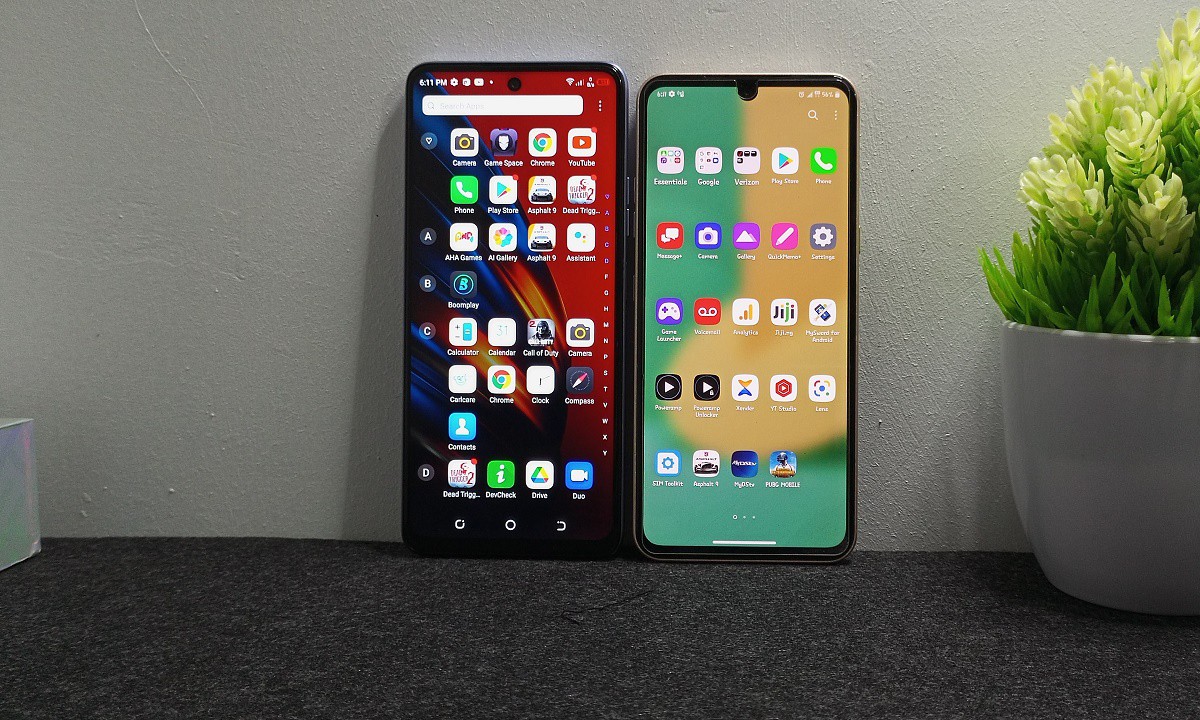

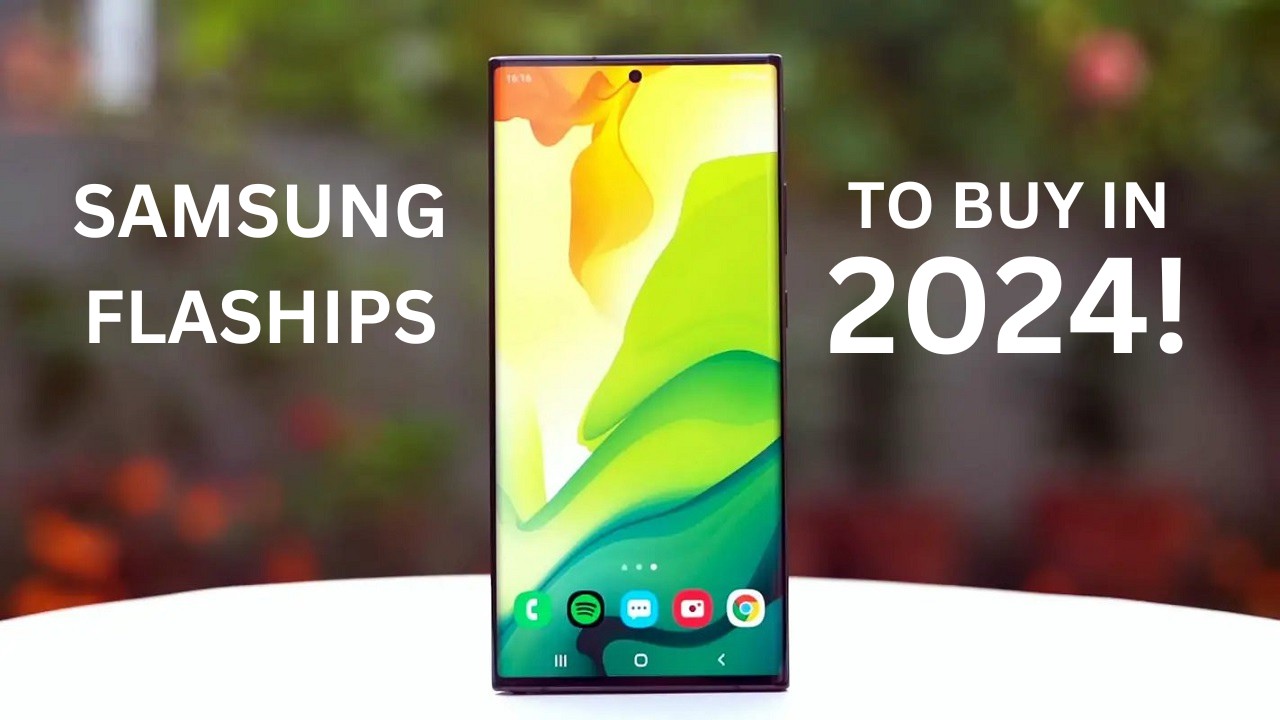
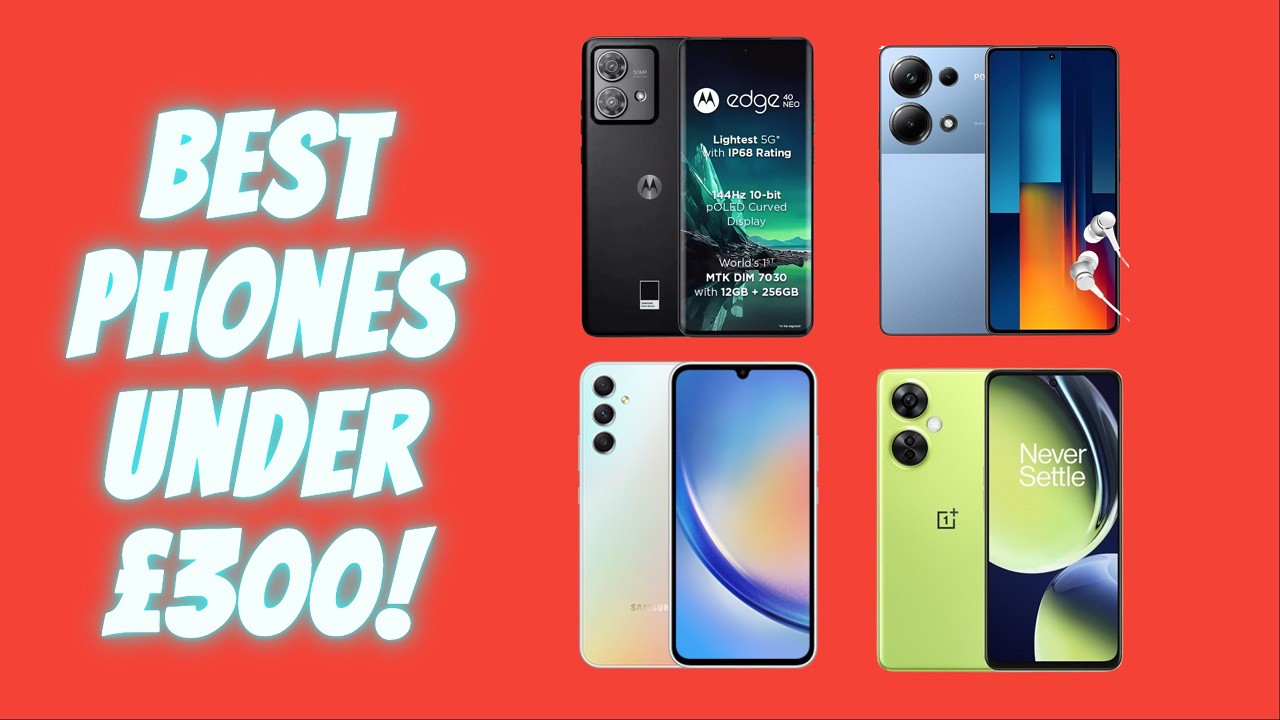

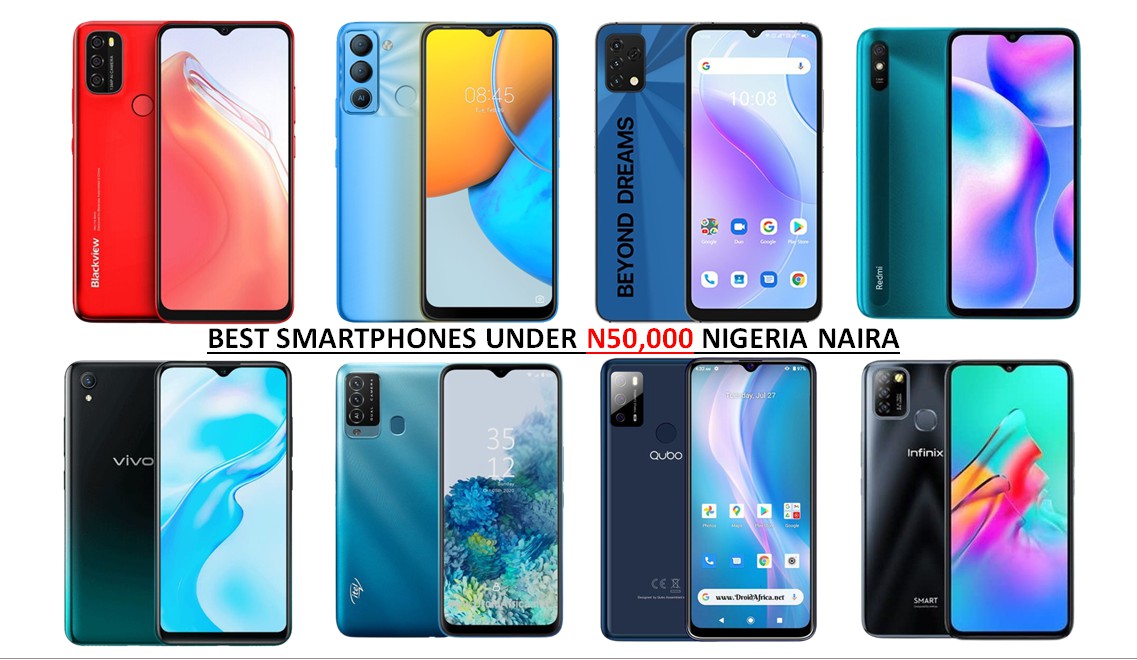
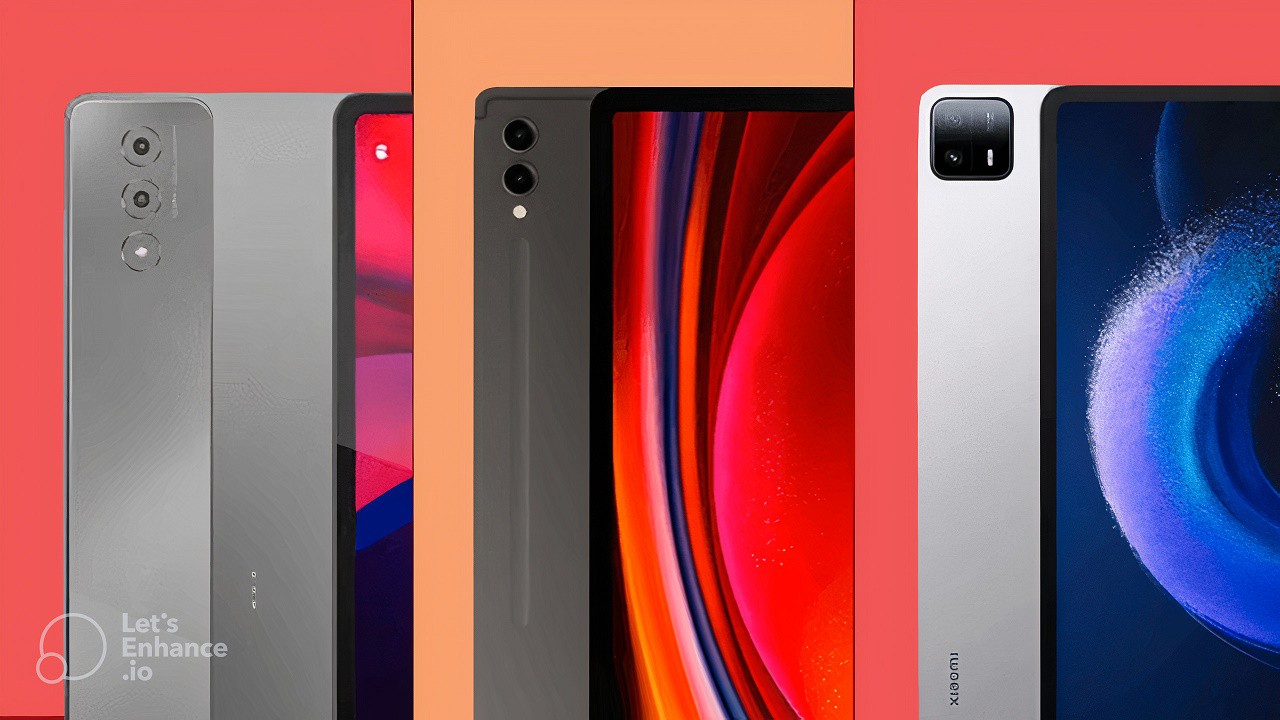
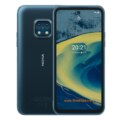
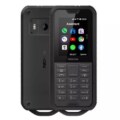

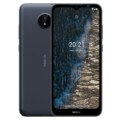
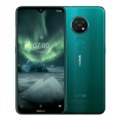
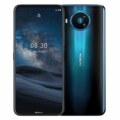



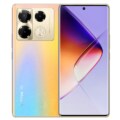
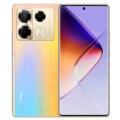
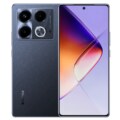
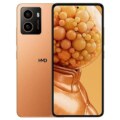
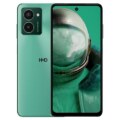



Leave a Reply